There is a lot of talk at the moment in the world of running about “zone 2 training”, particularly for endurance runners or triathletes. In a nut shell you have different heart rate (HR) zones from 0-4. 0 being easy exercise. 4 being max, unmaintainable for prolonged periods. When I walk at my normal pace i’m in zone 0. When I go for a run it’s in zone 3. If I do hills or sprints it will go in to zone 4.
Zone 2 training is an easy pace. Supposedly you can keep going at this pace for a long long time.
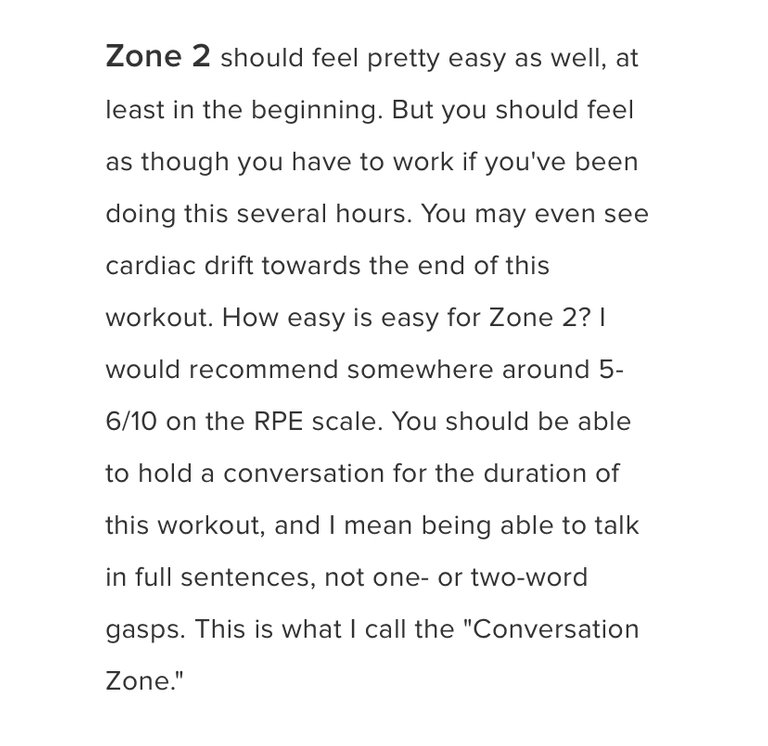
Everyone’s zone 2 HR will vary but to give you an idea the pace you would be looking at is around 1.5-2 minutes per mile slower than your race pace. This is huge. My race pace for a 10k may be around 7:30min mile & my normal training pace is 8-8:30min mile depending on the distance.
Over training is one of the most common mistakes people make. I always end up unwell & need a week or 2 off during training or after a race & that’s most likely because even my “easy” runs aren’t actually that easy.
The list of claimed benefits to zone 2 training is long. It makes you more efficient (teaching your body to burn fat), you recover quicker, you can train again the next day, you are less likely to get injured. It has been likened to having a car, you don’t rev rev rev the engine constantly or drive at high speed all the time because it’s not great for the car. 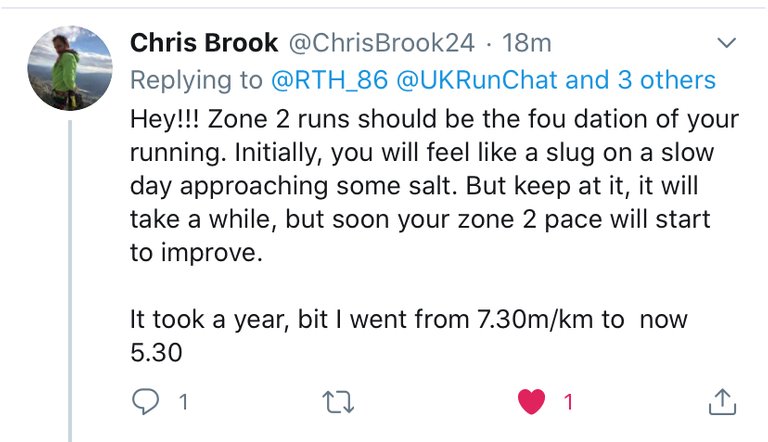
Sounds good yes? Well actually I tried it today & it felt like hard work. To keep my HR in zone 2 I was running at 9:30minute miles & still had to walk in places to get my HR out of zone 3. I felt ploddy, my cadence reduced, my feet hurt and after half an hour I just wanted to get home so I ended the experiment and ran the last mile fast. If you’re anything like me it can be hard on the ego to see yourself running at a pace that is much slower than what you’re used to.
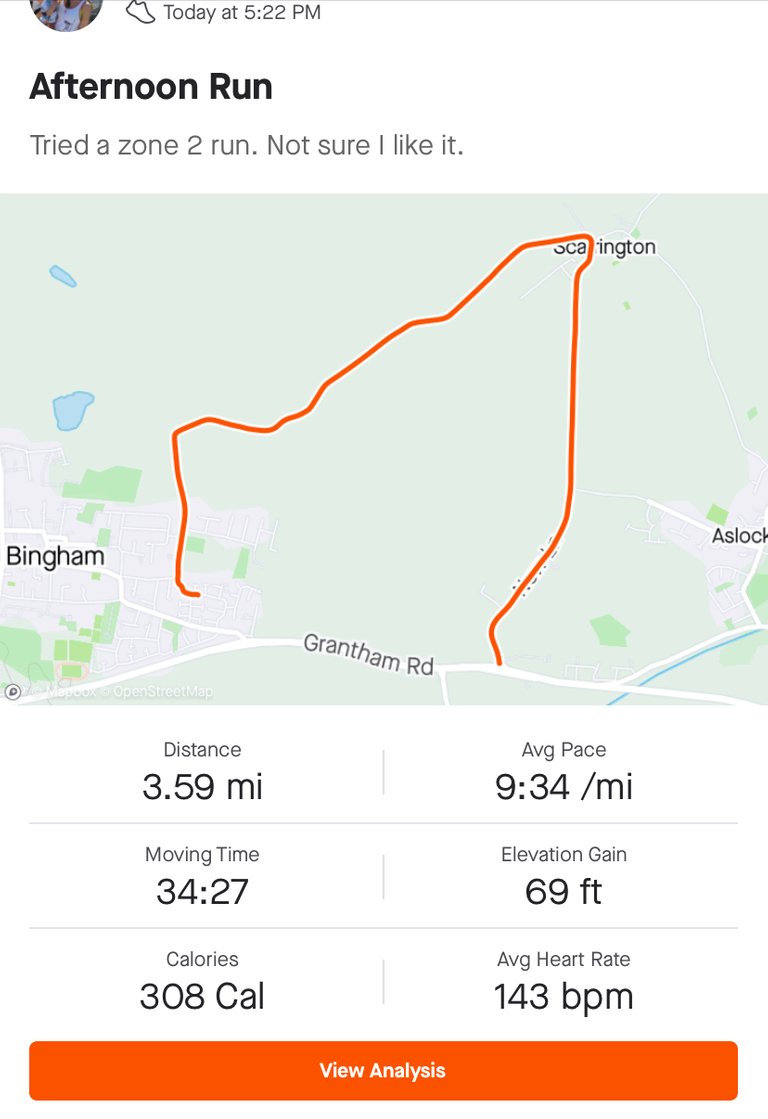
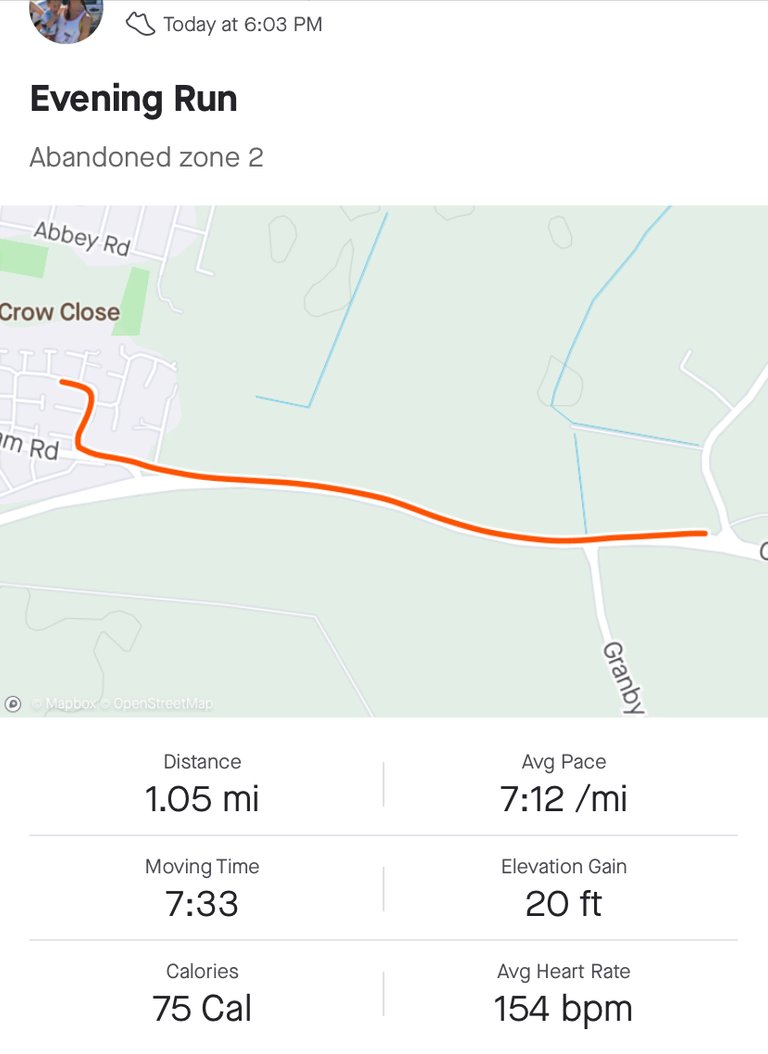
Happy running all
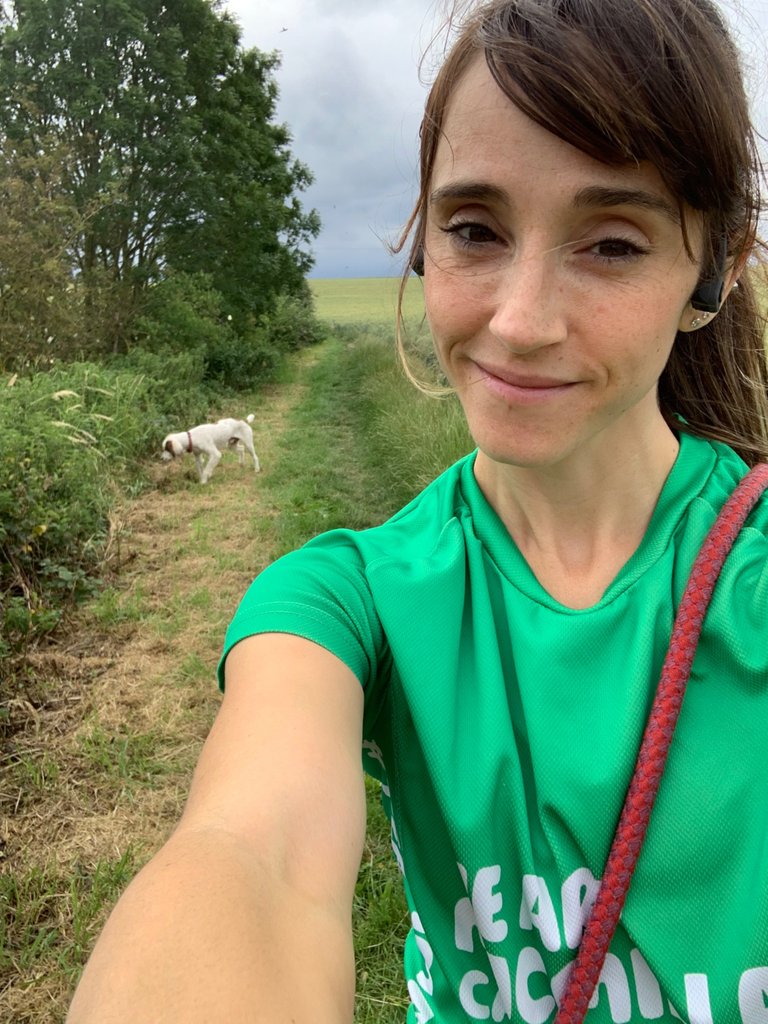 I’ve since had a look on google & reached out to some running coaches & pros on Twitter. They all said it does get better & your zone 2 pace will get faster. There does seem to be a lot of convincing science behind running slower to get faster & i’m going to keep trying this new tactic, incorporate it in to my weekly training schedule (https://mobile.twitter.com/Yiannis_83 - this guy is very knowledgeable and has videos + links on how to work out your own HR zones, tips for zone 2 running etc). You don’t have to do it on every run, you can do it twice a week & supposedly still reap benefits, you can still have your weekly hills or interval sessions. Variety is the spice of life & the key to improving, with less risk of injury or illness.
I’ve since had a look on google & reached out to some running coaches & pros on Twitter. They all said it does get better & your zone 2 pace will get faster. There does seem to be a lot of convincing science behind running slower to get faster & i’m going to keep trying this new tactic, incorporate it in to my weekly training schedule (https://mobile.twitter.com/Yiannis_83 - this guy is very knowledgeable and has videos + links on how to work out your own HR zones, tips for zone 2 running etc). You don’t have to do it on every run, you can do it twice a week & supposedly still reap benefits, you can still have your weekly hills or interval sessions. Variety is the spice of life & the key to improving, with less risk of injury or illness.
I listened to an interesting podcast and read some articles on maximum aerobic function (MAF) which I summarized and linked here - https://peakd.com/hive-196186/@noloafing/focusing-more-on-aerobic-training
In other words, Zone 2 is the optimal zone for long term running, health and staying injury free.
Thanks for this. I have been seeing a lot of people talking about MAF training on Twitter & others were using it for their iron man training before the world got cancelled.
One of the things people have said is you should be able to hold a full conversation but I can do that in zone 3 + lower end of zone 4... according to my HRM anyway. I’m not sure if I need to recalibrate my zones?
I want to try and utilise it for long training runs but I think it needs tweaking slightly to be more personable but I haven’t found out how yet. X